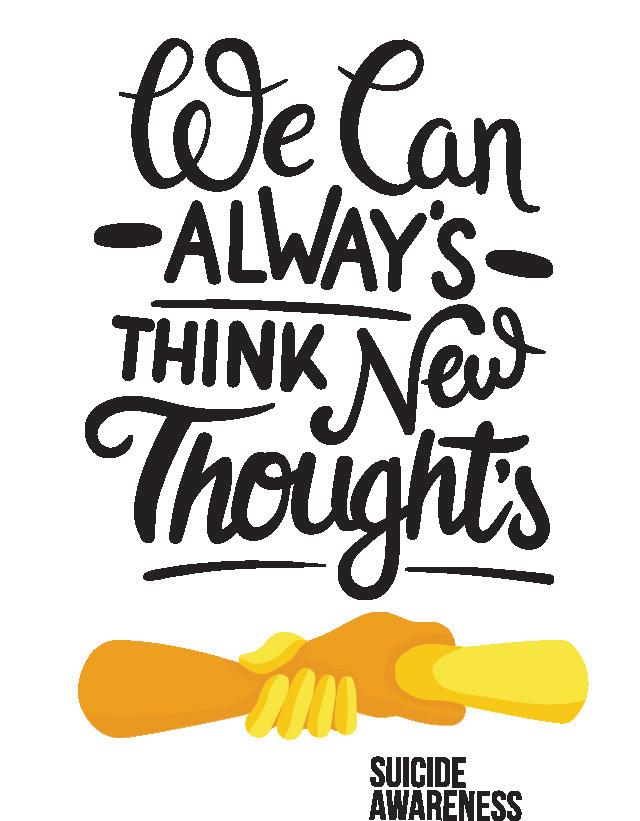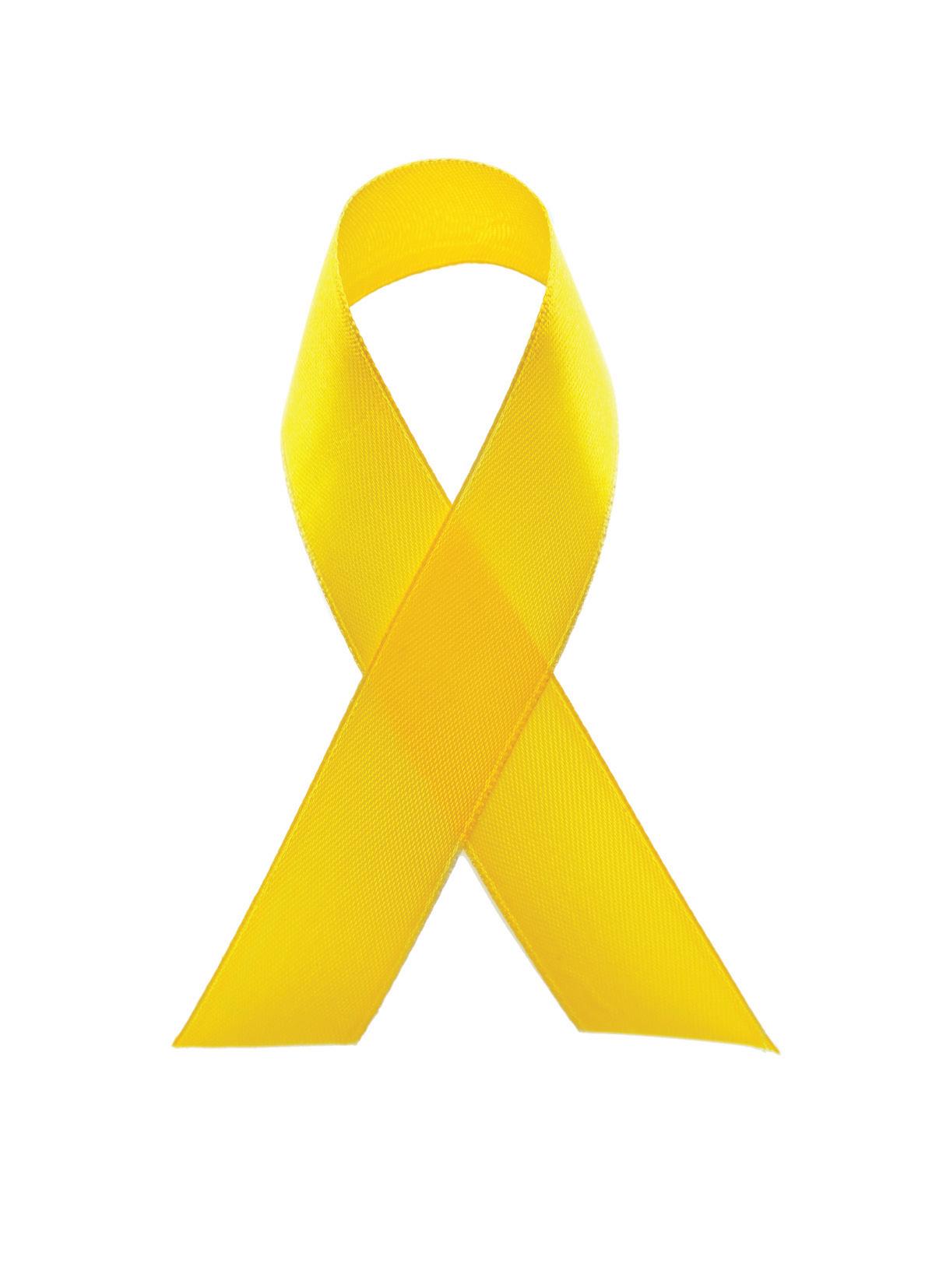
3 minute read
Preventing and Reducing SUICIDE
By Carly Thompson-Memmer, PhD Student
Suicide is a large and growing public health concern. In 2017, 47,173 Americans died from suicide; this is equivalent to one person dying every 11 minutes.1 In addition to those who have died by suicide, 10.6 million American adults seriously thought about suicide, 3.2 million made a plan, and 1.4 million attempted suicide in 2017. 2 From 1999 to 2016, Indiana alone experienced a 31.9% increase of suicides.3
Suicide is rarely caused by one factor, but the individual generally experiences poor mental health; which may or may not include a mental illness. Other problems, such as those related to relationships, substance use, physical health, legal issues or financial concerns often contribute to suicide.

Increased anxiety
• Feeling trapped or in pain
• Increased substance use
• Looking to access lethal means
• Increased anger or rage
• Extreme mood swings
• Expressing hopelessness
• Sleeping too little or too much
• Talking or posting about wanting to die
These five steps supported by evidence4-5 can help you support someone planning/attempting suicide: 1 ASK: “Are you thinking about suicide?” may be a difficult question to ask, but this can enable a conversation about the person’s suicidal thoughts and/or behaviors. Depending on your relationship, you may want to ask why the individual is considering suicide. Try to encourage him/her to share reasons why they want to stay alive and focus on those reasons for living.
2
SAFETY: Find out what the individual has already done to prepare for suicide. Does the individual have a detailed plan? What kind of access do they have to their planned method? Knowing these answers can inform you of the imminence and severity of danger to the individual. Reducing a person’s access to lethal means is an important part of suicide prevention.2
3
National Resources
American Foundation for Suicide Prevention afsp.org
National Alliance on Mental Illness Nami.org
National Suicide Prevention Lifeline: 1.800. 273.TALK (8255) *
Crisis Text Line (text HELLO to 741741) * suicidepreventionlifeline.org
The Trevor Project helpline: 1866.488.7386 * TrevorText (text START to 678678) * thetrevorproject.org
*available 24/7/365

4
Local Resources
Mental Health America of Northeast Indiana 260.422.6441 mhanortheastindiana.org
NAMI Fort Wayne 260.447.8990
Namifortwayne.org
Parkview Behavioral Health Helpline: 260.373.7500
1720 Beacon St, Fort Wayne, 46805
STOP Suicide Northeast Indiana stopsuicidenow.org
5
SUPPORT: Whether by phone or physical presence, showing support for the person at risk is lifesaving. Follow through with any support you offer the individual; don’t promise more help than you’re capable of providing. Being connected to others and minimizing feelings of isolation protect against suicide. You may want to ask what and/or who will be the most helpful resources for the individual.
CONNECT: Having ongoing support, such as a suicide lifeline, can help the person in moments of crisis. Additional supports may be a mental health professional, support groups or religious/spiritual communities. Together, develop a safety plan for times of crisis. This plan may include people to contact, places the individual could go to, suicide lifeline numbers, etc. The My3 app, a safety planning and crisis intervention app, may be a good resource.
FOLLOW UP: Following up with those at risk has shown to reduce the number of deaths caused by suicide. Connecting with the individual allows you to check in with them and see if there are any other ways you can help them. Following up also conveys your continued support to the individual. a photos: shutterstock.com

References
1. American Foundation for Suicide Prevention
2. Centers for Disease Control
3. Centers for Disease Control: National Vital Statistics Reports
4. Harvard T.H. Chan School of Public Health
5. Bethe1to.com
Vicki Eber, a wellness coach and yoga teacher with Divine Dwellings, reminds us to keep it simple:
“Something we often lose sight of in such a busy world is that less is more,” she said. “The more complicated we make it (which is in our human nature), the less likely we are going to want to try.”
That’s why she recommends that those in search of more simplicity consider carving out 20 to 30-minute chunks of time to meditate and build from there.
Along with slowing down, Eber recommends practicing kindness to yourself. That means coming to terms with the fact that you can’t do it all — nor should you. Sometimes you need to call on others for help. As she succinctly put it: “The biggest lesson I’ve learned and why I’ve become the coach that I am is: You don’t need to do everything, and you don’t have to handle things alone.”


